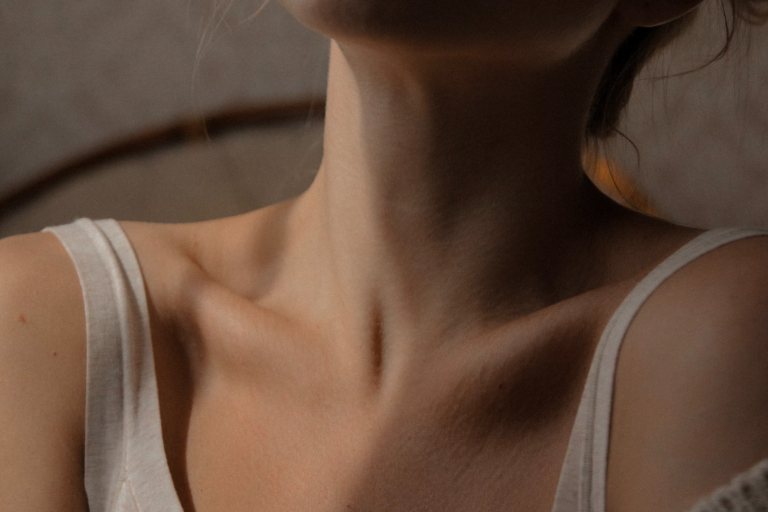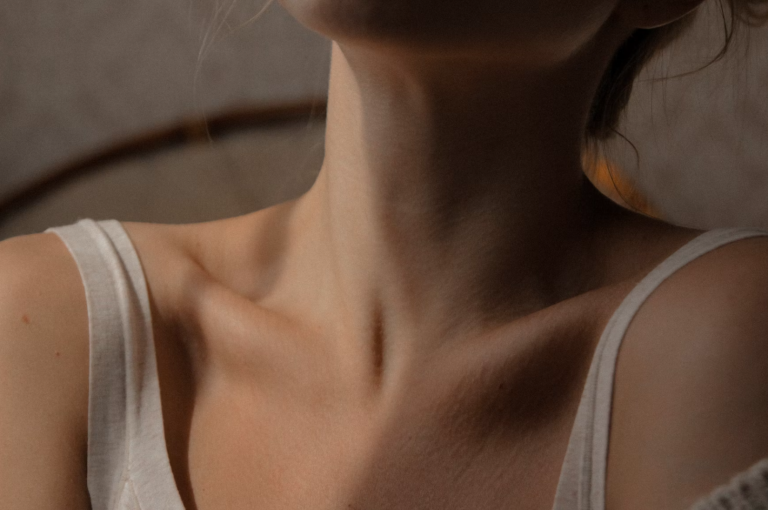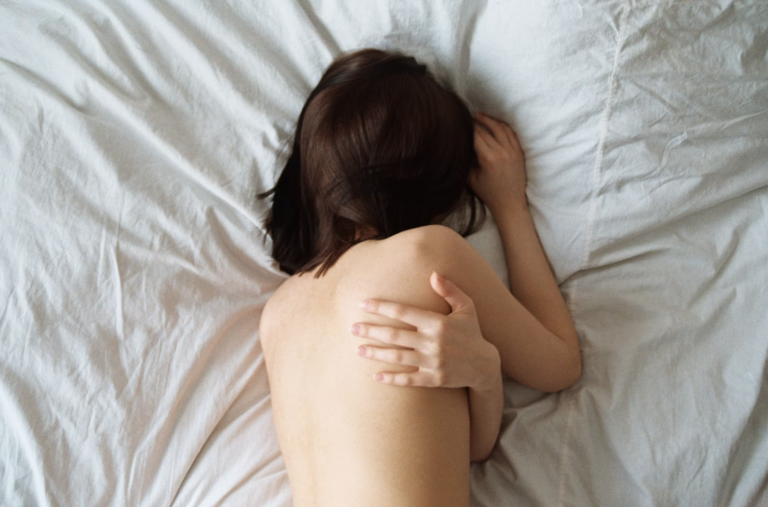
Introduction
Let’s face it—toners are no longer the throwaway step in your skincare routine. Korean toners, in particular, have revolutionized how we perceive this often-overlooked product. After testing three of the most hyped K-beauty toners on the market, I’m here to share an honest, in-depth review based on personal experience.

Why Korean Toners Are So Popular
The Rise of K-Beauty
Korean skincare has earned a global fanbase for a reason. It emphasizes hydration, skin barrier health, and innovative formulas—all without breaking the bank.
The Role of Toners in Skincare
In K-beauty, toners aren’t just for removing leftover cleanser. They’re hydration powerhouses that prep your skin to absorb serums and moisturizers more effectively. Think of them as the welcome mat to the rest of your skincare lineup.
How I Chose the Toners for This Review
Selection Criteria
To keep things fair and useful, I chose three toners based on popularity, unique ingredients, and different skin concerns: exfoliation, oil control, and hydration.
Skin Type and Goals
I have combination skin—dry cheeks and an oily T-zone. I was looking for something that would balance oil, provide hydration, and support skin texture.
Product 1: SOME BY MI AHA BHA PHA 30 Days Miracle Toner
Ingredients Overview
This toner is packed with three chemical exfoliants—AHA, BHA, and PHA. It also features tea tree leaf water and niacinamide for anti-inflammatory and brightening effects.
Key Actives Explained
- AHA: Targets surface-level dead skin.
- BHA: Penetrates pores to unclog them.
- PHA: Gently hydrates while exfoliating.
Texture and Feel
Slightly watery with a medicinal scent. It absorbs quickly but leaves a faint tackiness on the skin for about a minute.
Performance on Skin
By day 10, my skin texture was noticeably smoother. Small bumps on my forehead were almost gone. However, I did notice some tingling on my sensitive cheek areas.
Pros and Cons
Pros:
- Clears clogged pores effectively
- Great for acne-prone skin
- Budget-friendly
Cons:
- Slight irritation on dry or sensitive skin
- Scent may be off-putting for some
Product 2: Isntree Green Tea Fresh Toner
Ingredients Overview
Green tea from Jeju Island is the star here, known for its antioxidant and anti-inflammatory properties. Other notables include centella asiatica and blueberry extract.
Spotlight on Green Tea Extract
This ingredient helps reduce sebum production while calming irritated skin—perfect for oily or combination skin types.
Texture and Absorption
This toner is lightweight, watery, and soothing. No stickiness whatsoever. It sinks into the skin like a dream.
Effects After 2 Weeks
My skin looked brighter and calmer. It didn’t do much for exfoliation, but it did an excellent job balancing oil and reducing redness around my nose.
Pros and Cons
Pros:
- Excellent for oily and acne-prone skin
- Lightweight and refreshing
- Fragrance-free
Cons:
- Not enough for those needing deep hydration
- Bottle cap could be more spill-proof
Product 3: Klairs Supple Preparation Unscented Toner
Ingredients and Formulation
A well-rounded formula with amino acids, hyaluronic acid, and beta-glucan. It’s free from essential oils, which is perfect for sensitive skin.
What’s Missing: The “Unscented” Element
Unlike its original version, this one removes all fragrance. That’s a major win for people sensitive to scents or essential oils.
Application Experience
It has a slightly viscous texture that spreads easily and layers beautifully. One layer is hydrating, two is deeply moisturizing.
Skin Impact Over Time
After three weeks, my skin felt plump and calm. This toner didn’t cause any breakouts or irritation. It’s like a soft blanket for your face.
Pros and Cons
Pros:
- Deeply hydrating
- Ideal for sensitive skin
- No fragrance or irritants
Cons:
- May not offer enough oil control
- Slightly higher price point
Comparative Analysis
Hydration
Klairs wins here—hands down. It provides a cushiony layer of moisture that lasts for hours.
Sensitivity and Reactions
If your skin is easily reactive, go for Klairs or Isntree. SOME BY MI can be too intense for sensitive types.
Long-Term Results
For long-term clarity and texture improvement, SOME BY MI shows the quickest results. Isntree maintains skin equilibrium, while Klairs enhances skin barrier function steadily.
My Final Verdict: Which Toner Won Me Over?
If I had to pick just one, it would be the Klairs Supple Preparation Unscented Toner. It’s gentle, hydrating, and reliable. However, if breakouts are your biggest concern, SOME BY MI is incredibly effective—just be cautious if your skin is sensitive.
Tips for Choosing the Right Korean Toner for You
Know Your Skin Type
This is crucial. What works wonders for oily skin might overwhelm dry skin and vice versa.
Read Ingredient Labels Carefully
Look for calming ingredients if you’re sensitive, or exfoliants if you’re targeting texture or acne.
Conclusion
Korean toners offer a wide spectrum of solutions—from calming inflammation to refining texture. Whether you go for the exfoliating punch of SOME BY MI, the green tea refreshment of Isntree, or the balanced hydration of Klairs, there’s something out there for every skin type. My skin journey with these three toners taught me that the right toner can truly elevate your entire skincare routine.
FAQs
1. Can I use Korean toners every day?
Yes, most hydrating toners are safe for daily use. Exfoliating toners like SOME BY MI should be used 2–3 times per week if you have sensitive skin.
2. What’s the difference between Korean toners and Western toners?
Korean toners focus on hydration and skin barrier support, while Western toners often focus on astringency and pH balance.
3. Should I use toner in the morning or at night?
Both. In the morning, it preps your skin for serums and SPF. At night, it helps with product absorption and skin recovery.
4. Are unscented toners always better for sensitive skin?
Usually, yes. Fragrances can be irritating, so unscented formulas like Klairs are safer choices for reactive skin.
5. How long before I see results from a toner?
Depending on the toner and your skin, visible improvements typically appear within 1–4 weeks.






